chawanmushi, savory egg custard
Chawanmushi: Indulging in the Savory Egg Custard!
Karina Ikedo
Posted on July 27, 2023
Share:
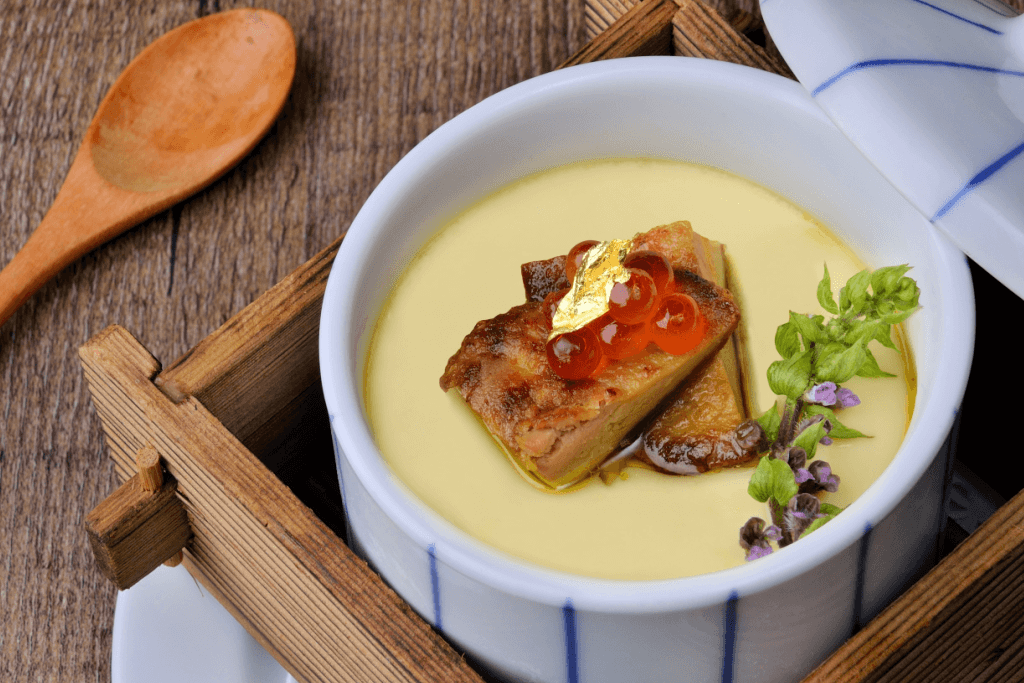
Chawanmushi (teacup steamed egg custard) is a popular Japanese dish and a typical appetizer at Japanese restaurants. It’s both delicious and versatile. Nowadays, it not only appears in kaiseki-ryori (Japanese haute cuisine), but people also enjoy it at home. It’s the perfect dish to serve guests and a culinary masterpiece combining simplicity and elegance. Keep reading to discover more about this tasty and umami one-of-a-kind dish!
What is chawanmushi?
Chawanmushi, or steamed egg custard, is a silky-smooth savory egg custard, delicately flavored Japanese food. It uses shiitake mushrooms, fish cakes, chicken, and shrimp in an egg. A mixture of beaten egg, dashi (Japanese stock), soy sauce, and salt is poured over these ingredients. Then the cups are covered and steamed. This method prevents overcooking while preserving natural flavors and nutrients.
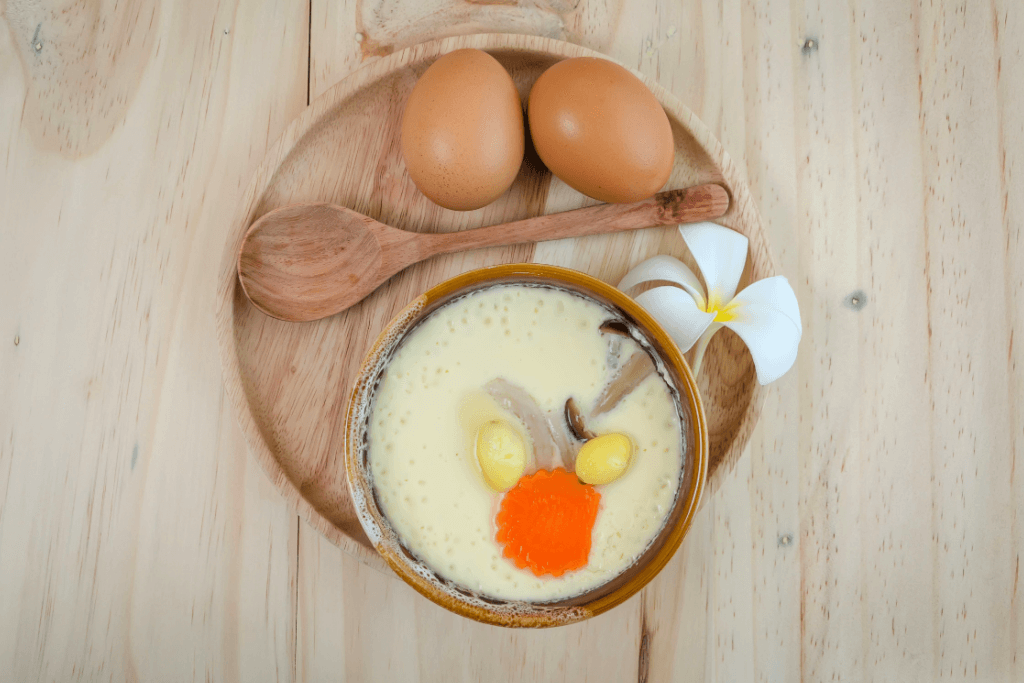
It’s a perfect example of an elegant dish that uses relatively simple ingredients. Each dish portion is presented in a small, individual-lidded cup. It is as tasty as it looks, with an ivory color and lovely toppings.
Where did chawanmushi come from?
Chawanmushi has a long history. Originating from Nagasaki, this savory egg custard may be Japan’s best-kept secret. It started popping up over 300 years ago during the Edo period in shippoku (A culinary style influenced by Chinese cuisine) and being an ancient version of Asian fusion with Japanese, Chinese, and Western influences.

At that time, Japan was in self-imposed isolation and did not generally trade with foreign countries. But Nagasaki had exclusive trade with China and accommodated traders visiting the area. It is said that the remaining Chinese traders introduced table cuisine, particularly the steamed egg dish zhēng shuǐ dàn, which became the root of Japanese chawanmushi.
Later, Nobutake Sokichi, a feudal retainer from Iyo Matsuyama, visited Nagasaki, tasted the dish, and fell in love with it. In 1866, he opened Yossou, a restaurant specializing in chawanmushi, to spread his love for chawanmushi. Yossou is still in operation, thanks to the current seventh generation in Nagasaki over 150 years later, serving chawanmushi to the public.
What does it taste like?
You can expect a delicate yet complex flavor from a good chawanmushi cup. The seasonings attribute a rich umami taste, key to making a delicious custard. The flavor of the egg and the delicate dashi broth combined with the smooth texture creates an exquisite combination.
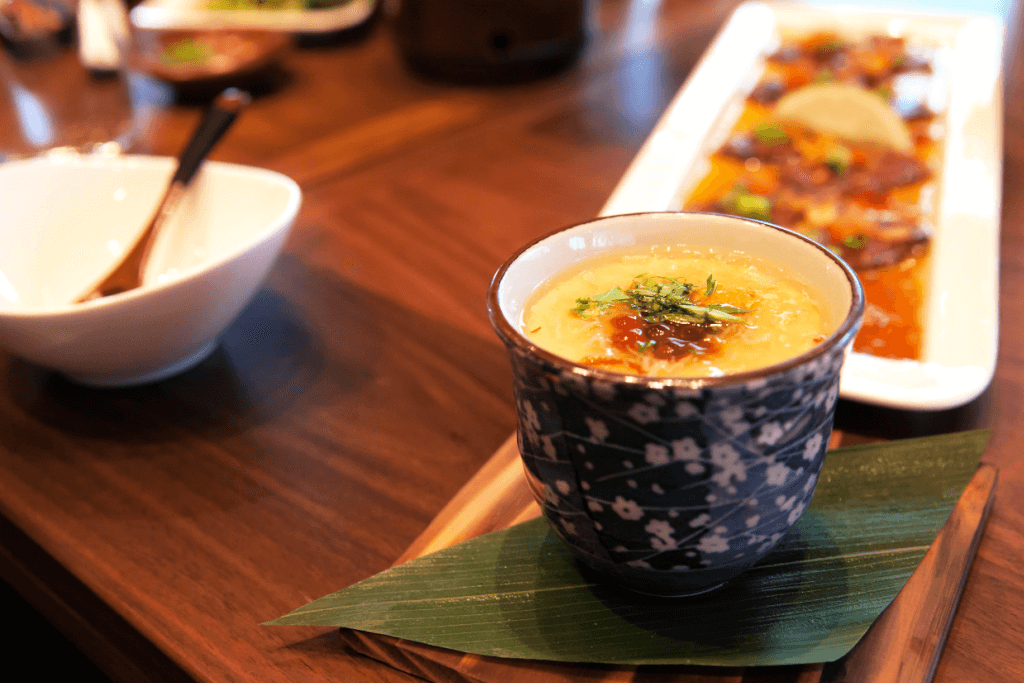
The steamed custard is smooth & silky, while the sweet-savory meat and vegetables lend a contrasting mouthfeel to the dish. And there’s juice from the broth, which makes each bite utterly satisfying and surprising.
Looking to discover Japan’s rich culture via its regional culinary traditions? Check out Sakuraco! Sakuraco delivers traditional Japanese snacks, teas, and sweets from local Japanese makers directly to your door so you can enjoy the latest treats directly from Japan!
Chawanmushi Cups
At home, people often cook chawanmushi in a particular dish. The dish is teapot-shaped and uses a special type of Japanese ceramic. Sets with a lid prevent water droplets from mixing when steaming it. The lid also keeps the aroma of the ingredients from escaping.
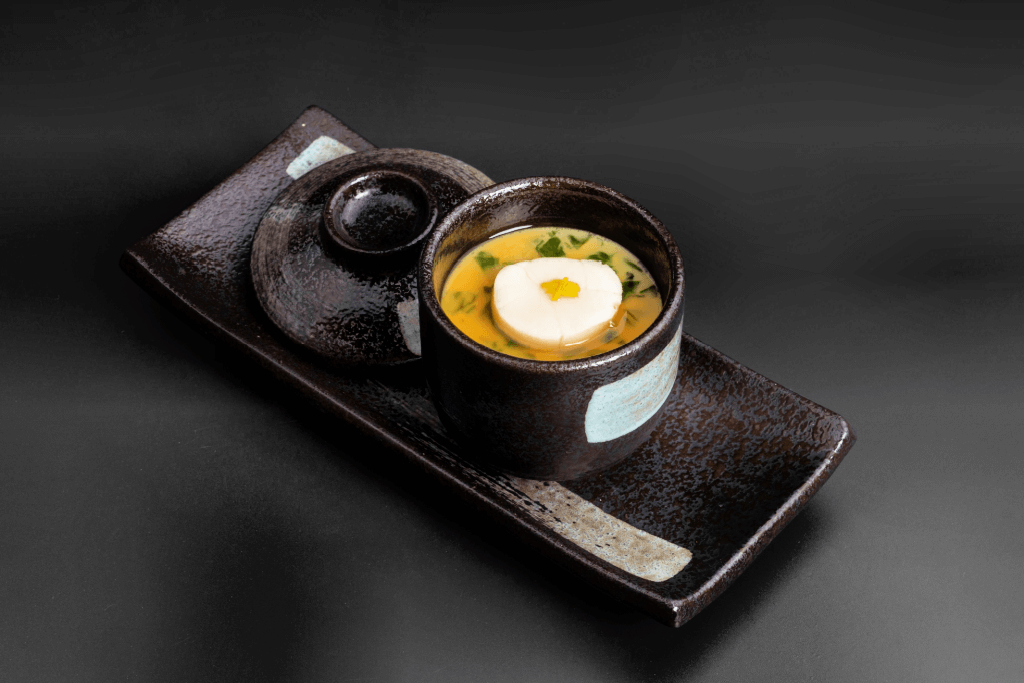
They come in various designs, from seasonal plants and animals to simple white. Chawanmushi cups are beautiful and vital, so they can stand high temperatures when steaming. Because of this, it’s a surprisingly helpful piece of Japanese tableware. It’s suitable for chawanmushi and as a cup for desserts or soups! But for those outside of Japan, getting that unique pottery just for this savory egg custard is impossible. So instead, you can use ramekins or small mugs covered with aluminum foil.
Is it similar to pudding?
Egg custard pudding is made from egg yolks and milk or cream. The milk or cream is heated with egg yolks until thickened. Sometimes add sugar, vanilla, chocolate, or lemon for taste. Custards can also be a sauce, the base of a dish, or a dessert.
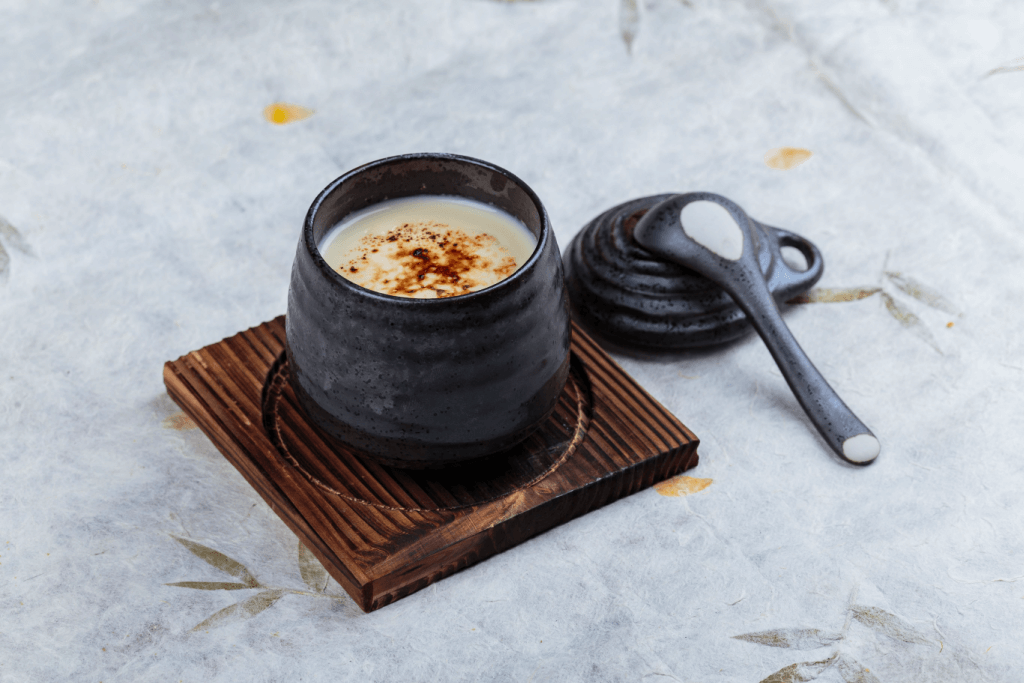
Many people from all over the world enjoy this creamy dish in many different forms. But the one-of-a-kind dish from Japan takes the cake in terms of standing out! Unlike other egg custard, chawanmushi is not sweet but has a savory flavor packed with umami.
How can I enjoy chawanmushi?
Chawanmushi is usually an appetizer or side dish. People can enjoy it hot, warm, or cold and garnished with carrot shavings, parsley, or even more seafood. Since the custard is delicate, it’s one of the few Japanese dishes people eat with a spoon.
It has gained immense popularity for its delicate flavors and velvety texture. Steeped in history and culinary finesse, this savory steamed egg custard has become a sought-after delight for food enthusiasts. The custard-like texture, coupled with the umami-rich flavors, makes chawanmushi a delight for the eyes and the palate. Have you tried chawanmushi before? Would you like to try it? Let us know in the comments below!

Discover authentic flavors with Sakuraco
Get Sakuraco 

Discover authentic flavors with Sakuraco
Get Sakuraco 
Related Articles
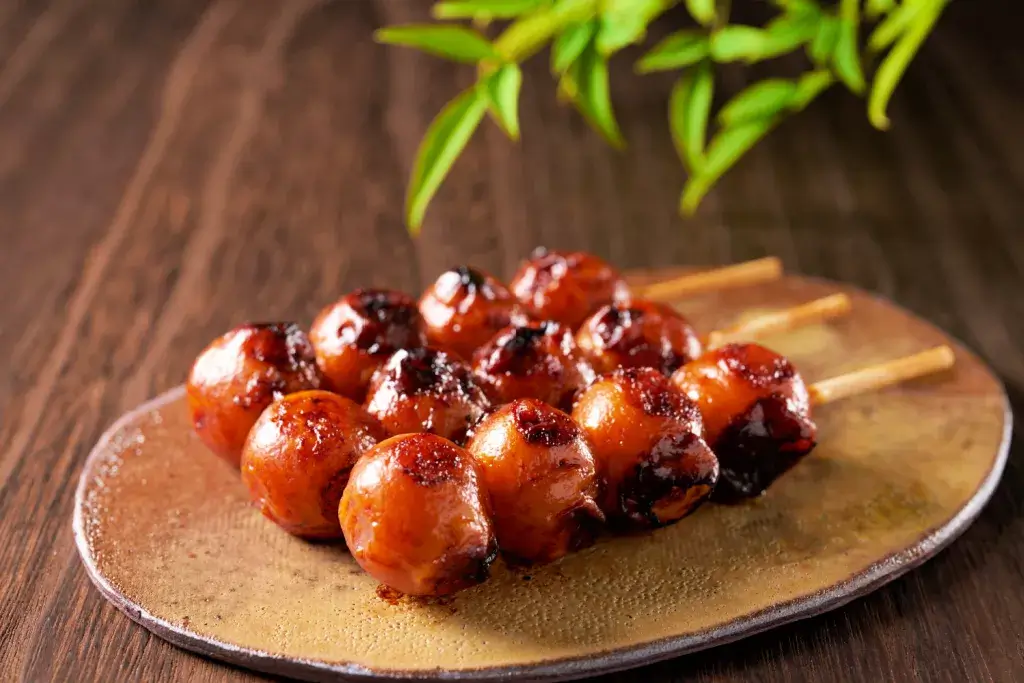
Mitarashi Dango: Japan’s Sweet and Savory Rice Treat
If you’ve ever visited Japan or seen photos of its food, you might have spotted little rice dumplings on a stick. These chewy treats are called mitarashi dango, and they’re one of Japan’s most beloved traditional sweets.

Wasanbon from Shikoku: Japan’s Most Delicate Sugar
Shikoku is the smallest of Japan’s four main islands, a peaceful region renowned for its scenic beauty and tranquil lifestyle. It’s also home to a special kind of sugar that perfectly reflects this relaxed way of life — wasanbon.

Akashiyaki: The Wonderful Octopus Delight from Hyogo!
Born in the coastal city of Akashi in Hyōgo Prefecture, this dish represents the perfect balance between simplicity and craftsmanship, offering an authentic taste of Kansai comfort.
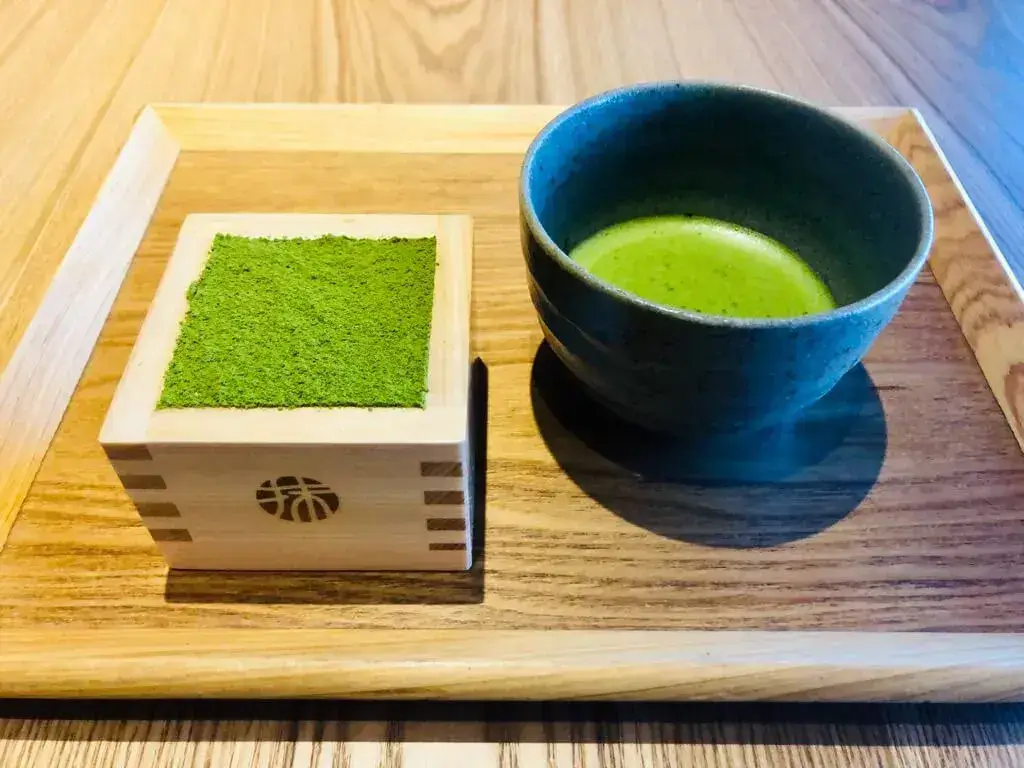
Matcha Cafe Spotlight: The Ultimate Guide to Maccha House
The matcha cafe has revived the tea ceremony tradition in a more fun and relaxed setting, especially in urban areas. Today, we’ll take a look at one such establishment – Maccha House. Let’s find out how it, along with other matcha cafes, helps keep the country’s tea culture alive



